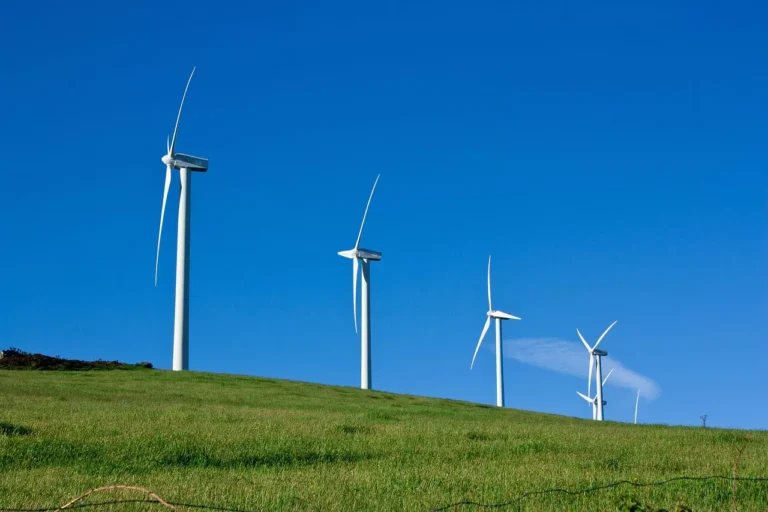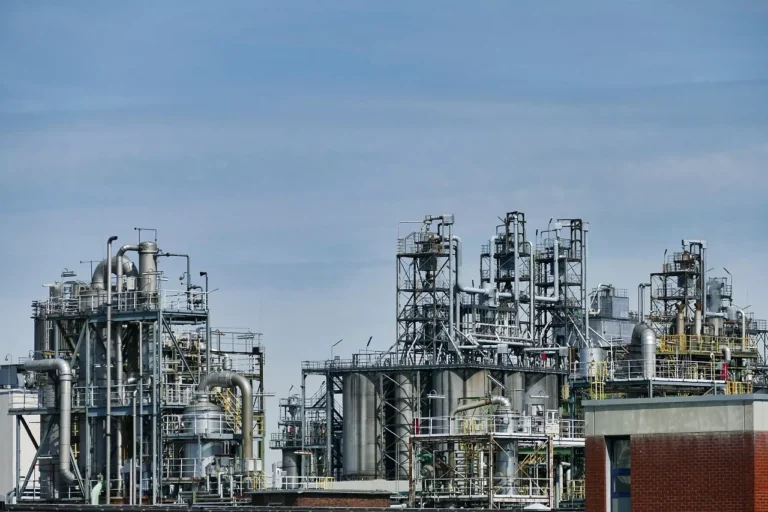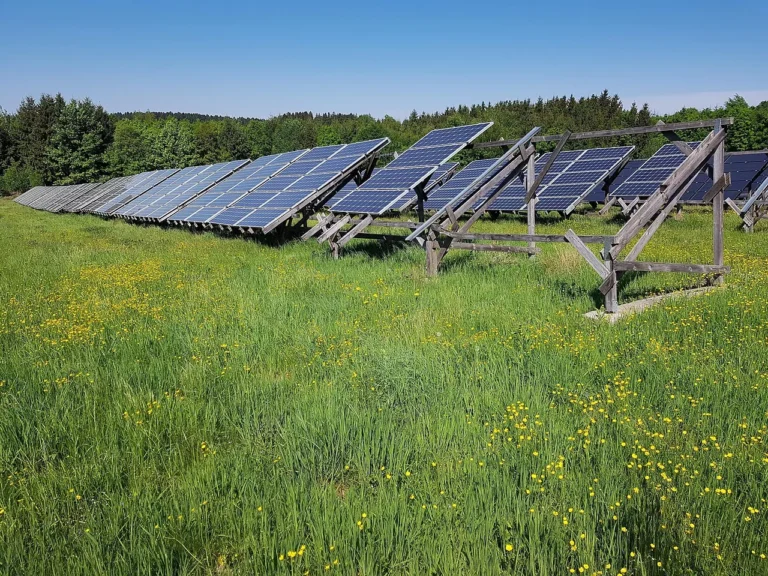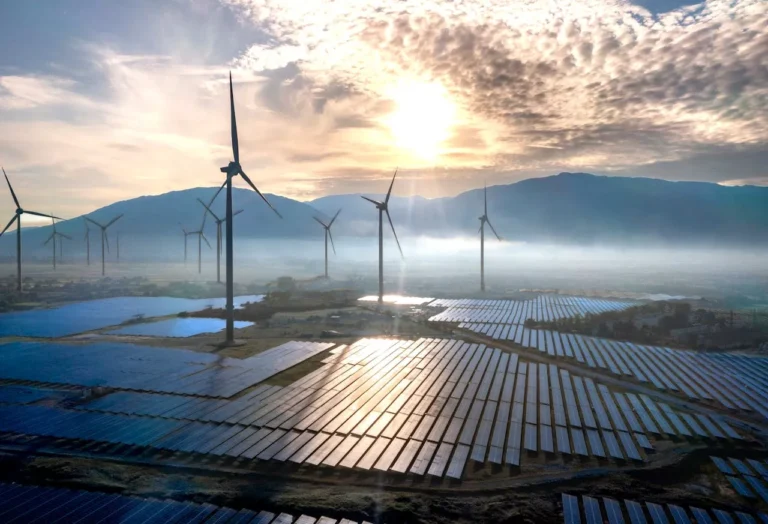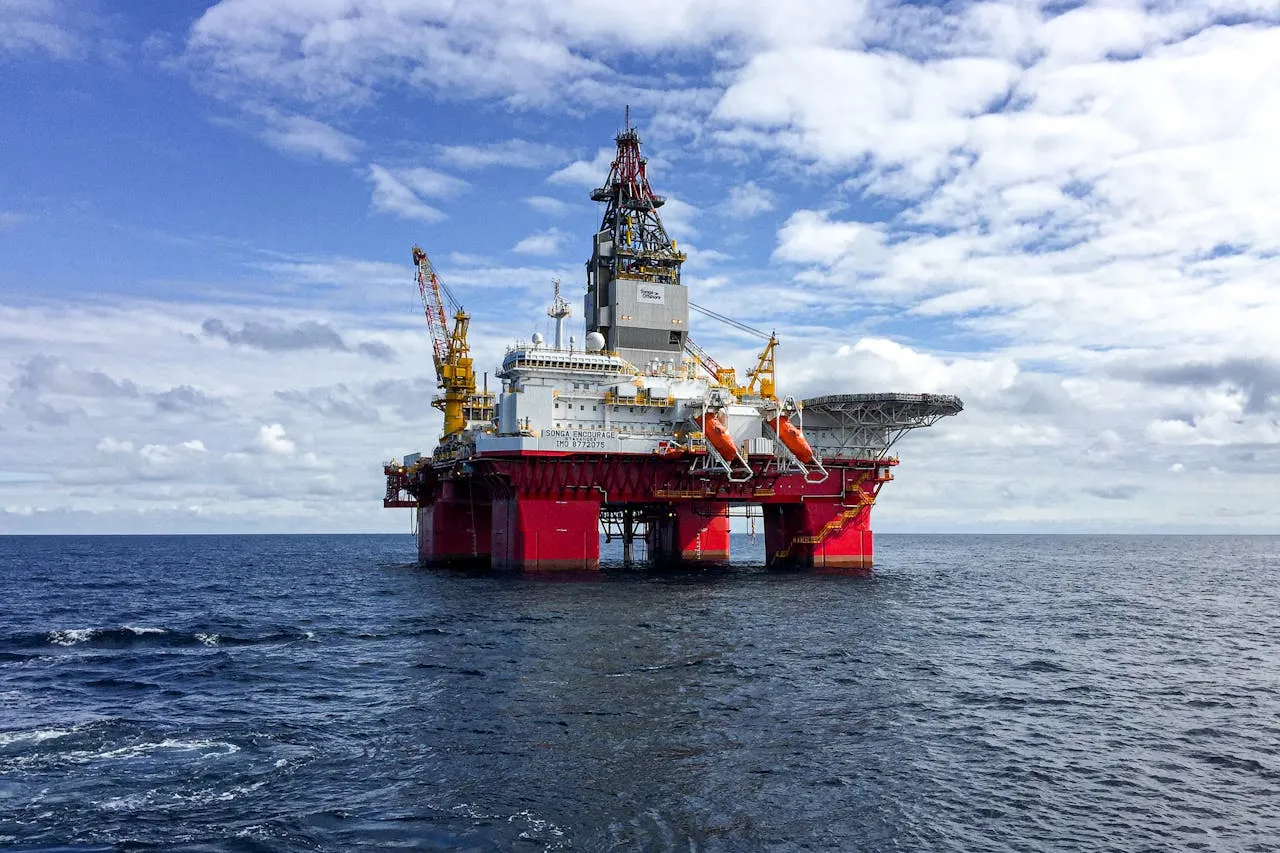
Production Resumes from Offshore PY-3 Field in Cauvery Basin by ONGC-led Joint Venture
A significant milestone was achieved in India’s offshore oil and gas sector with the successful resumption of production from the PY-3 Field, situated in the Cauvery Basin along India’s eastern coastline. This achievement marks the culmination of extensive efforts by a joint venture (JV) comprising Oil and Natural Gas Corporation Limited (ONGC), Hardy Exploration & Production (India) Inc., and Invenire Petrodyne Limited. The revival of this offshore asset, after a prolonged hiatus, highlights the collaborative commitment of the partners and the strategic importance of the field to India’s energy landscape.
Historical Background and Significance of PY-3 Field
The PY-3 Field is located offshore in the Cauvery Basin, a prolific hydrocarbon province known for its oil and natural gas reserves. The field was initially brought into production in 1997 and quickly became a valuable source of light, sweet crude oil — a highly desirable grade due to its lower sulfur content and ease of refining.
However, production from the PY-3 Field was suspended in July 2011. The suspension was driven by several operational and economic factors, including reservoir depletion, aging infrastructure, and the need to reassess and optimize field development strategies to sustain long-term output. The temporary shutdown allowed the joint venture partners to focus on designing and implementing a revised Field Development Plan (FDP) aimed at reviving production and enhancing recovery from this mature asset.
The Revised Field Development Plan: Multi-Phase Approach
Reviving production in a field that has been offline for over a decade involves complex technical and logistical challenges. The joint venture undertook a multi-phase revised FDP designed to overcome these obstacles while maximizing production efficiency and safety.
Phase I: Subsea Infrastructure and FPSO Hook-Up
Phase I was primarily focused on ensuring the integrity of existing subsea assets, restoring operational capability, and re-establishing surface processing facilities. A critical element of this phase was the integrity assessment and conditioning of the subsea well PD3SA. The well underwent extensive evaluation and reactivation procedures to confirm it was fit for production.
Simultaneously, subsea infrastructure such as pipelines, control systems, and manifolds were installed or refurbished. These systems are essential for transporting the produced fluids from the seabed to the processing facility.
The Floating Production, Storage, and Offloading (FPSO) vessel Svetah Venetia played a pivotal role in this phase. The FPSO is a self-contained unit that processes and separates oil, gas, and water extracted from the reservoir. It also provides storage capacity for the crude oil before it is offloaded to shuttle tankers, which then transport the oil to onshore refineries for further processing.
The successful hook-up of subsea wells to the FPSO and the subsequent commencement of production marked the completion of Phase I and represented a significant technical achievement given the field’s complex offshore environment.
Phase II: Drilling and Enhanced Oil Recovery
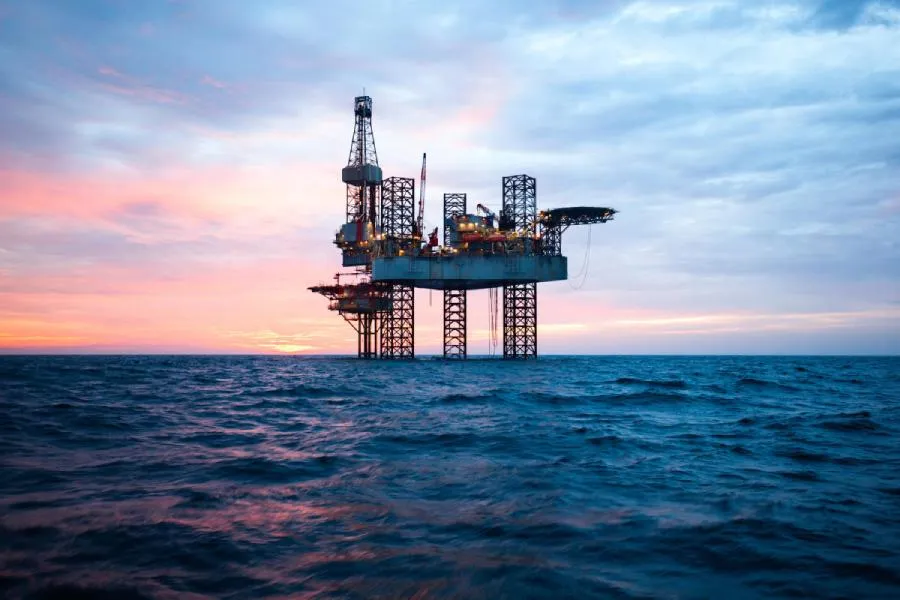
Looking forward, Phase II of the revised FDP will focus on increasing production capacity and extending the field’s productive life. This phase will involve the drilling of additional wells to tap into untapped reserves and enhance overall recovery.
Moreover, advanced Enhanced Oil Recovery (EOR) techniques will be applied. EOR methods, such as water flooding, gas injection, or chemical stimulation, help mobilize residual oil in the reservoir that conventional production methods cannot extract. Implementing these techniques will optimize resource utilization and improve the field’s output sustainably.
Stakeholder Roles and Equity Interests
The PY-3 Field JV reflects a blend of expertise and resources from its three partners:
- Oil and Natural Gas Corporation Limited (ONGC) holds the largest effective participating interest at 50.63%. As India’s flagship national oil company, ONGC brings extensive operational experience, financial strength, and strategic vision to the project.
- Hardy Exploration & Production (India) Inc., a subsidiary of the Invenire Energy Group, operates the block and holds a 22.79% effective participating interest. Hardy’s operational leadership is central to day-to-day management and execution of the FDP.
- Invenire Petrodyne Limited holds the remaining 26.58%. Invenire brings innovative technology and exploration expertise, complementing the JV’s efforts to maximize production efficiency.
This collaborative structure leverages the strengths of each partner, facilitating knowledge sharing, resource pooling, and risk mitigation.
Expressions of Gratitude and Strategic Importance
The joint venture partners formally expressed their gratitude to key regulatory bodies, particularly the Ministry of Petroleum and Natural Gas (MoPNG) and the Directorate General of Hydrocarbons (DGH). The support and guidance of these institutions have been instrumental in navigating the regulatory landscape, securing approvals, and maintaining compliance with environmental and safety standards.
Mr. Manish Maheshwari, Chairman of Invenire Energy, emphasized that the resumption of production represents a “significant step” in Invenire’s operational journey, reflecting the company’s dedication to responsible resource development and energy sustainability.
Mr. Arunangshu Sarkar, Director (Strategy & Corporate Affairs) at ONGC, echoed this sentiment, highlighting the JV’s role in contributing to India’s broader energy security objectives. With rising domestic energy demand and geopolitical uncertainties impacting supply chains, revitalizing mature fields like PY-3 is critical to reducing import dependence and supporting economic growth.
Economic and Energy Impact
The recommencement of production from the PY-3 Field has important implications for India’s energy sector. The field’s light, sweet crude oil is a valuable commodity for both domestic consumption and export markets. By bringing this resource back online, the JV not only boosts hydrocarbon output but also generates employment opportunities in offshore operations, logistics, and downstream industries.
Furthermore, the phased development approach and use of EOR techniques set a precedent for sustainable field management in India. This strategy aligns with the country’s commitment to optimizing existing hydrocarbon assets while gradually transitioning to cleaner energy sources.
Technical and Environmental Considerations
Offshore oil production entails stringent safety and environmental standards to protect marine ecosystems and ensure worker safety. The JV’s operations at PY-3 have incorporated modern subsea technology, real-time monitoring, and advanced risk management protocols to mitigate potential hazards.
The use of the FPSO also minimizes the need for permanent fixed platforms, reducing environmental footprint and allowing flexibility in field operations. Produced water and gas management systems ensure that byproducts are treated and handled responsibly, aligning with environmental regulations.
Challenges and Opportunities
While the revival of PY-3 production is a remarkable achievement, ongoing challenges remain. Reservoir management in mature fields requires constant monitoring and adaptation to changing reservoir conditions. Market volatility, global energy transitions, and technological advancements will continue to shape the operational landscape.
However, the JV is well-positioned to capitalize on emerging opportunities. Phase II drilling and EOR implementation will likely enhance production rates and field longevity. There is also potential for digitalization, automation, and use of AI-driven analytics to optimize operations and reduce costs.





